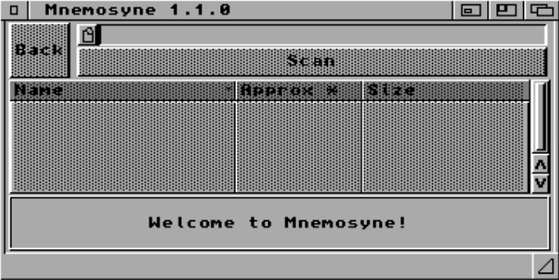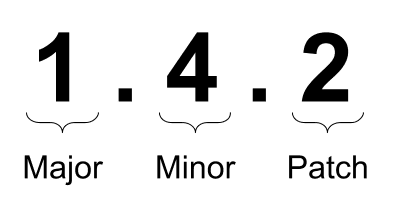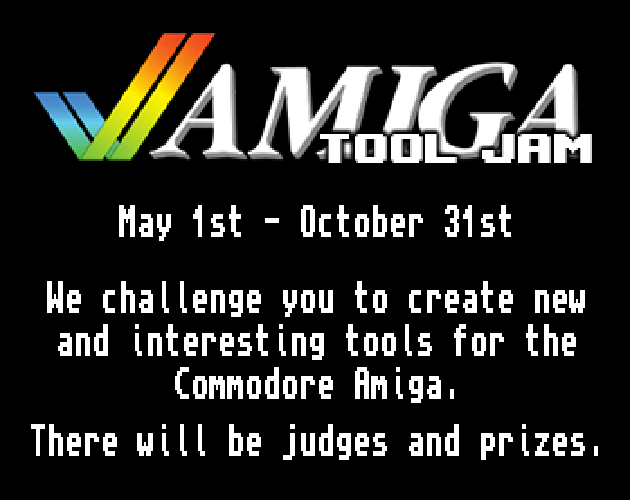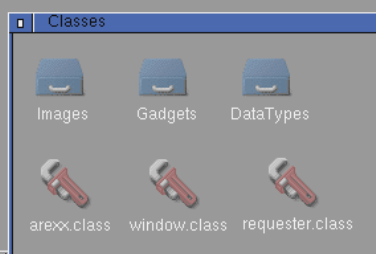So I have been gone for a while since the last post.
Unfortunately, I didn’t have much time because of school and other things.
But I have been working on Mnemosyne and I have some exciting news!
There have been 2 Releases recently for Mnemosyne.
The first one is a Patch Release and the second one is a Minor Release.
One of the Releases is Mnemosyne 1.0.2 and the other Release is Mnemosyne 1.1.0.

Release 1.0.2
This release allows Mnemosyne to be used on AmigaOS 3.1, 3.1.4 and 3.9
This is specifically important for people who don’t use the latest AmigaOS3.2 version and want to use Mnemosyne.
For AmigaOS 3.1 and 3.1.4 you need to install ClassAct33, which has gadgets and classes that are used by Mnemosyne.
ClassAct33 can be found on Aminet https://aminet.net/package/dev/gui/classact33.
How can I install ClassAct33?
After Installing the ClassAct33 package you have to extract it with LhA
lha x ClassAct33.lha
Then what you have to do is copy the contents of the ClassAct33 folder to the Classes folder in your AmigaOS installation.
That includes the contents of the Gadgets and Images folder to the Gadgets and Images folder on your AmigaOS Classes folder.
This is what the Classes folder should look like after you have copied the contents of the ClassAct33 folder to it.
Mnemosyne’s Layout also changed to be more uniform with the rest of the AmigaOS versions.

Release 1.1.0
This is the first Minor Release of Mnemosyne. From this point on I will be releasing Updates based on the Semantic Versioning system.
What is Semantic Versioning?

Semantic Versioning is a system that is used to version different releases of software.
Given a version number MAJOR.MINOR.PATCH, increment the:
MAJOR version when you make incompatible API changes
MINOR version when you add functionality in a backward-compatible manner
PATCH version when you make backward-compatible bug fixes
What does the new 1.1.0 version include?
Well, this Release 1.1.0 includes the addition of the -g flag.
The -g flag is used to open a window for scans from the shell.
So instead of displaying them in the shell, it can now display them in a window!
To use it you have to type:
Mnemosyne -g (path)
(path) is the path to the directory you want to scan.
For more info, you can check the Mnemosyne Wiki! https://github.com/Arisamiga/Mnemosyne/wiki
You can also check the Releases page for the changelogs: https://github.com/Arisamiga/Mnemosyne/releases
Now on other news…
Its Halloween!

I hope you have a great Halloween!
But with Halloween comes a new suprise on my website!
Be sure to go to https://arisamiga.rocks and type the Halloween command in the terminal!
H̸̫̐ö̷͇́p̶̪͙̗͊̈́̓e̸̛̫͇͌ ̵̙̘̮͒ý̵̻͝ö̴̙̊̈́͂ű̴̡̼̬̟̇ ̵̰̥̈̿́l̴̢̛͕͈͆́͛i̵͍̲͖͐̐͂͜͠k̸̖̯͚̓͜e̶̳̥̒͋ ̸̳̝̤̇͘͝ị̸̈́̄͜ṱ̷̄̍!̸͚̉̂̈́

I also wanted to remind you that Mnemosyne was created as part of the Amiga Tool Jam which has now ended.
So be sure to check some other tools submitted on the Jam and give them some support: https://itch.io/jam/amigatooljam/entries
Hope you enjoyed this post and I hope to see you again soon (hopefully not in 1 month again…). Thanks so much for reading :D
